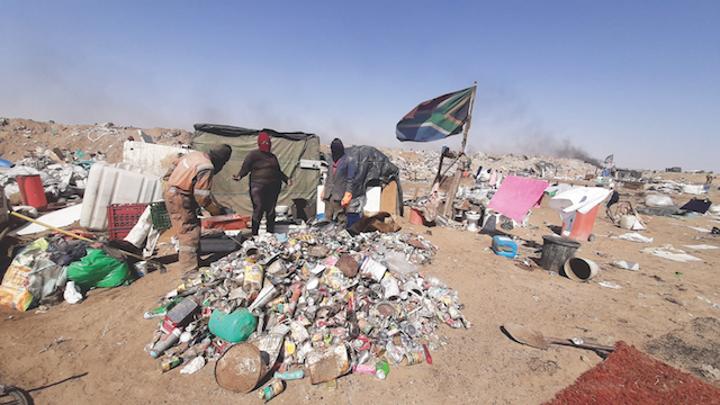Africa-Press – Namibia. SUCCESSIVE droughts, as well as restrictive measures implemented to contain the spread of Covid-19 in Namibia resulted in disruptions in food and non-food supply chains in the country. This in turn resulted in an increase in food prices, high unemployment rates and loss of income for most businesses, including the tourism sector, due to business closures and the death of breadwinners, pushing more families into food insecurity.
According to an Integrated Phase Classification (IPC), food insecurity analysis, about 659 000 people or 26% of the population analysed faced acute levels of food insecurity between October and November 2021 and required urgent humanitarian assistance.
“Of this population, 557 00 (22%) of the people were classed to be in crisis, 102 000 (4%) are in emergency and another 896 000 (35%) were classed as stressed,” said the IPC analysis that was released this month.
IPC use is widely accepted by the international community as it describes the severity of food emergencies. Based on common standards and language, this five-phase scale (with Phase 1 the most food secure and phase 5 in a catastrophe) is intended to help governments and other humanitarian actors to quickly understand a crisis and take action. The impacts of these key food insecurity drivers are equally felt across the country both in rural and urban settings.
“Food and non-food prices have increased twice this year between April and September 2021. Namib Mills increased its food prices by 2 to 6%. These price increases are being triggered by global price increments in fuel products,” said the report.
In the current period, most regions are classified as in crisis, except Hardap, Oshana and Otjozondjupa, which are classified in stress. In Kavango East and Ohangwena, 40% of the population is experiencing high acute food insecurity, whereas in //Kharas and Zambezi, 10% of the population is experiencing an emergency situation.
The analysis projected that for the period December 2021 to March 2022, the number of Namibians facing high levels of food insecurity is expected to shoot from 659 000 to 750 000.
About 119 000 are projected to be in emergency, 632 000 in crisis, 836 000 in stress and 964 000 food secure. Ironically, the 964 000 food secure projected are less than the 996 000 in the October-November phase.
“This is due to the impact of the drought experienced previously, whose effects will take time to fully overcome,” the report predicted.
In 2019, Namibia experienced one of the worst national droughts from which most regions are still to recover. Regions like Kunene, Omusati and Erongo experienced droughts for the past seven years and this affected both crop and livestock production. Besides, crop pest infestations, wildfires and human-wildlife conflicts also destroyed part of the crops in Kavango East, Kavango West and Omusati, resulting in low stocks for households.
Ongoing food assistance from the government being provided through a food bank programme is expected to remain in place up to March 2022. In this same projection period, the situation is expected to deteriorate in Kavango East, Ohangwena and //Kharas, and their proportion of people in crisis or emergency will increase. The most affected regions are drought-prone areas, including Kunene, Erongo, Omusati and Omaheke.
For More News And Analysis About Namibia Follow Africa-Press






